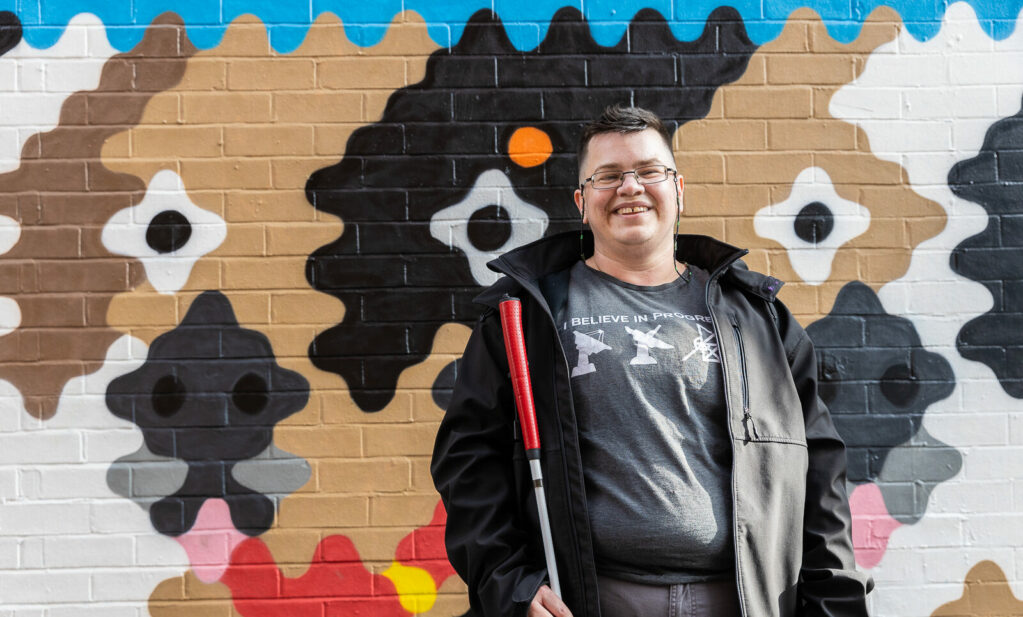26 rail stations to benefit from Access for All funds
Transport for All
A dozen railway stations across London will benefit from extra funding to improve station access as part of the government’s Access for All programme...
A dozen railway stations across London will benefit from extra funding to improve station access as part of the government’s Access for All programme, Transport Minister Baroness Kramer has announced.
The additional £60million which was first announced in the Autumn Statement, will enable twenty-six stations in England, Scotland and Wales to provide alternative accessible routes into the station and between platforms.
The stations selected for additional funding were nominated by the rail industry last year from a range of criteria including the needs of the local community and proximity to hospitals and schools for disabled children.
In London, the stations set to receive a share of the extra funding will include Alexandra Palace, Bexley, Brondesbury, Carshalton, Coulsdon South, Crawley, Ewell West, Palmers Green, Plumstead, Selhurst, Shortlands and Teddington.
The Access For All programme, part of the Railways for All strategy which was launched in 2006, is a major nationwide scheme to improve station accessibility for disabled people, the elderly and those with children. According to the government’s own figures, by the end of 2019, a total of £520 million would have been invested into the programme with over 215 stations now providing step-free access. Smaller-scale improvements have also been implemented at a further 1,000 stations.
Making travel more relaxed
Dianne Smith, Co-chair of Haringey’s Learning Disability Partnership Board, was delighted at the news that Alexandra Palace station would receive funding for step-free access. She said:
“I regularly used to have to use the Ally Pally station, my mobility is slow and unsteady a lot of the time and steep stairs are really scary to negotiate when you have mobility problems. I used to tread very slowly and with fear of falling down the high and steep stairs that you have to negotiate down to the platform and up again of course, especially in the colder and windier months when it was windy and slippery. To know that Ally Pally is going to become step free will mean I am able to use the station without fear and concern about access and this will make my travel experience a more relaxed process, just like those who do not have mobility and stability problems.“
Commenting on the additional funding news, Baroness Kramer said in a statement: “Making the rail network accessible to all is a vital part of our plans to build a stronger economy and a fairer society. These improvements will make a real difference to passengers – from those with limited mobility, to people with heavy luggage or parents with prams.”
Increasing the independence of disabled passengers
In April, the government announced that the budget for Access For All of £370million was due to be cut for the four year period from 2015 to £103million, but the recent increase will take it to similar funding levels to those seen over the previous ten-year period.
But although Access For All has improved access to hundreds of UK stations since its launch in 2006, it does not include tube station access, which can pose the most challenges for disabled people travelling across London. However, London Underground is currently working on their own programme to improve accessibility. In October, they announced a new £75million fund to install lifts at a dozen London tube stations within the next ten years.
Lianna Etkind, Campaigns and Outreach co-ordinator at Transport for All said the additional money to fund improvements to more stations would boost the confidence of many disabled and older people. She added:
“Providing step-free access to stations increases the independence of those who would otherwise struggle to travel by train. This allows greater freedom to find work, attend social activities and visit friends and family. With this extra funding, more disabled people will benefit from the improved access to an even greater number of stations.
“We would like to see funding for rail access to be ringfenced, and long-term targets set for 100% step-free coverage. Disabled and older transport users don’t expect total accessibilty overnight, but we would like to see the long-term planning and investment that is needed to open up the UK’s rail network to all of us“.


